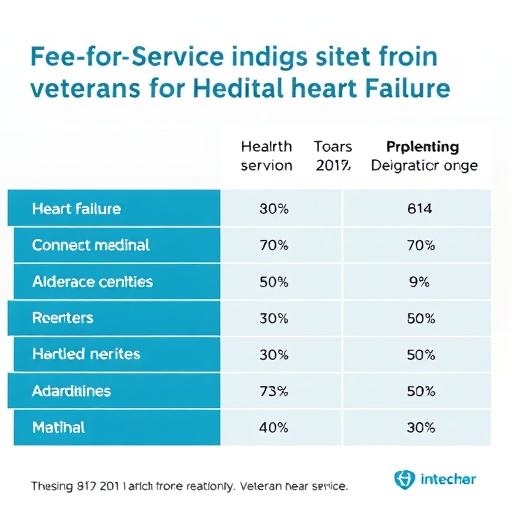
Credit: Stefan Kraus
Astronomers have made the first measurement of spin-orbit alignment for a distant ‘super-Jupiter’ planet, demonstrating a technique that could enable breakthroughs in the quest to understand how exoplanetary systems form and evolved.
An international team of scientists, led by Professor Stefan Kraus from the University of Exeter, has carried out the measurements for the exoplanet Beta Pictoris b – located 63 light years from Earth.
The planet, found in the Pictor constellation, has a mass of around 11 times that of Jupiter and orbits a young star on a similar orbit as Saturn in our solar system.
The study, published today (June 29th 2020) in the Astrophysical Journal Letters, marks the first time that scientists have measured the spin-orbit alignment for a directly-imaged planetary system.
Crucially, the results give a fresh insight into enhancing our understanding of the formation history and evolution of the planetary system.
Professor Kraus said: “The degree to that a star and a planetary orbit are aligned with each other tells us a lot about how a planet formed and whether multiple planets in the system interacted dynamically after their formation.”
Some of the earliest theories of the planet formation process were proposed by prominent 18th century astronomers Kant and Laplace. They noted that the orbits of the solar system planets are aligned with each other, and with the Sun’s spin axis, and concluded that the solar system formed from a rotating and flattened protoplanetary disc.
“It was a major surprise when it was found that more than a third of all close-in exoplanets orbit their host star on orbits that are misaligned with respect to the stellar equator.”, said Prof. Kraus.
“A few exoplanets were even found to orbit in the opposite direction than the rotation direction of the star. These observations challenge the perception of planet formation as a neat and well-ordered process taking place in a geometrically thin and co-planar disc.”
For the study, the researchers devised an innovative method that measures the tiny spatial displacement of less than a billionth of a degree that is caused by Beta Pictoris’ rotation.
The team used the GRAVITY instrument at the VLTI, which combines the light from telescopes separated 140 metres apart, to carry out the measurements. They found that the stellar rotation axis is aligned with the orbital axes of the planet Beta Pictoris b and its extended debris disc.
“Gas absorption in the stellar atmosphere causes a tiny spatial displacement in spectral lines that can be used to determine the orientation of the stellar rotation axis.”, said Dr. Jean-Baptiste LeBouquin, an astronomer at the University of Grenoble in France and a member of the team.
“The challenge is that this spatial displacement is extremely small: about 1/100th of the apparent diameter of the star, or the equivalent to the size of a human footstep on the moon as seen from Earth.”
The results show that the Beta Pictoris system is as well-aligned as our own solar system. This finding favors planet-planet scattering as the cause for the orbit obliquities that are observed in more exotic systems with Hot Jupiters.
However, observations on a large sample of planetary systems will be required to answer this question conclusively. The team proposes a new interferometric instrument that will allow them to obtain these measurements on many more planetary systems that are about to be discovered.
“A dedicated high-spectral resolution instrument at VLTI could measure the spin-orbit alignment for hundreds of planets, including those on long-period orbits.”, said Prof. Kraus, “This will help us to answer the question what dynamical processes shape the architecture of planetary systems.”
###
Media Contact
Duncan Sandes
[email protected]
Related Journal Article
http://dx.




